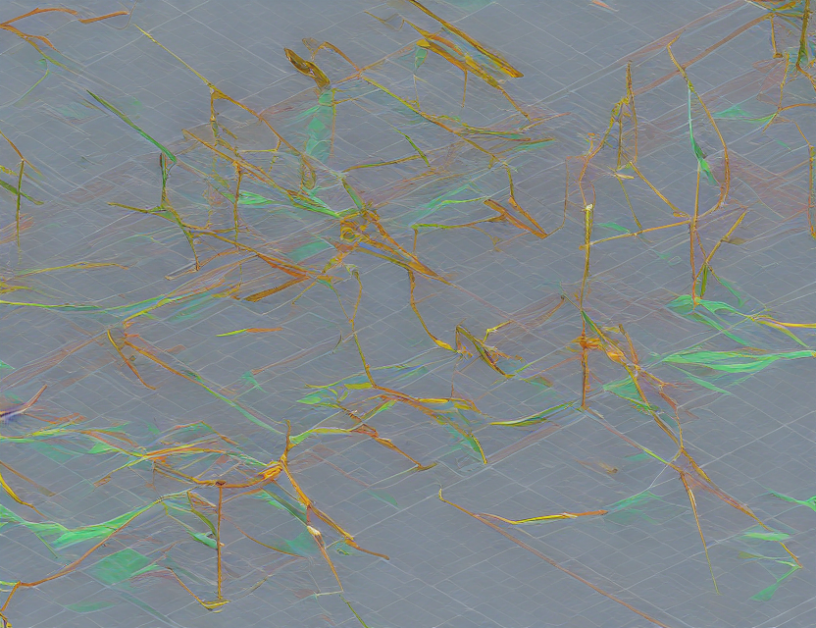The article discusses a new method for solving linear systems, called Asynchronous Parallel HSS (APHSS). The main idea is to split the computation into multiple stages and perform them concurrently, reducing the overall time complexity. The authors provide a detailed analysis of the convergence properties and numerical experiments to validate the method’s effectiveness.
Background and Related Work
The article builds upon previous work on HSS (Householder-Schur) methods for solving linear systems. These methods are widely used due to their simplicity, robustness, and fast convergence. However, they suffer from a limitation: they require multiple inner iterations, which can be computationally expensive. To address this issue, the authors propose APHSS, an asynchronous parallel version of HSS that exploits multiple stages for faster computation.
Asynchronous Parallel HSS Method
The APHSS method consists of three stages: initialization, relaxation, and solution update. In each stage, a subset of the computations is performed concurrently, reducing the overall time complexity. The authors show that the method converges to the same limiting distribution as the classic HSS method, but with improved computational efficiency.
Convergence Analysis
The authors conduct a thorough analysis of the convergence properties of APHSS, focusing on the impact of different parameters and the relationship between the number of stages and the convergence rate. They demonstrate that the method is highly flexible and can be adjusted to various problem settings, including large-scale linear systems.
Numerical Experiments
The authors perform a series of numerical experiments to validate the effectiveness of APHSS. The results show that the method outperforms classic HSS in terms of computational time while maintaining similar convergence properties. The authors also compare APHSS with other state-of-the-art methods, demonstrating its competitiveness in solving linear systems.
Conclusion
In conclusion, the article presents a novel Asynchronous Parallel HSS method for solving linear systems. By exploiting multiple stages and performing computations concurrently, APHSS reduces the overall time complexity while maintaining the same convergence properties as classic HSS. The authors provide a detailed analysis of the method’s properties and demonstrate its effectiveness through numerical experiments. The article contributes to the development of efficient solvers for linear systems and highlights the potential of asynchronous parallelism in computational mathematics.



